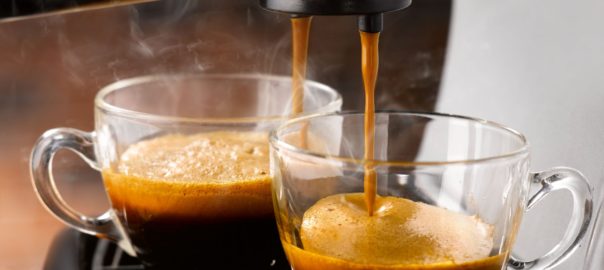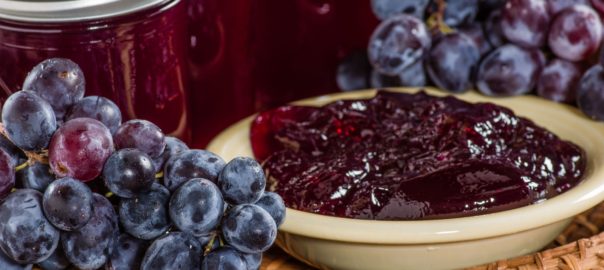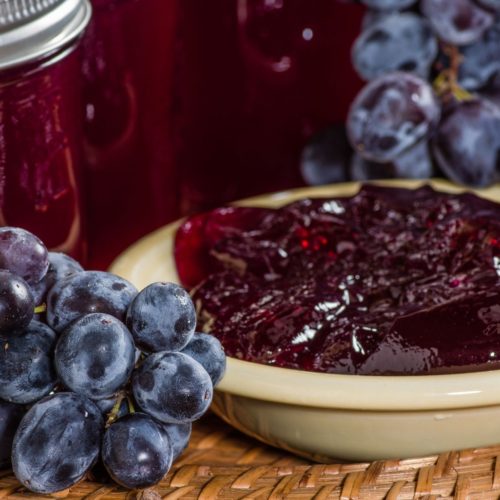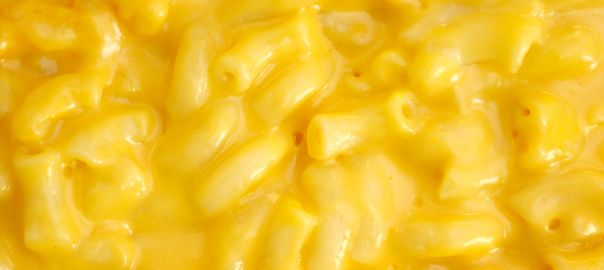Yet another caffeinated product has made it's way onto the shelves. Mostly found in coffee, caffeine can also be sourced from tea and cocoa. It is often consumed as a beverage. There is a new caffeinated product which is available as an inhalant.
Seriously? I've said it before, but I'll say it again. How much caffeine do people really think they need? And if they think they need that much they should be looking at what's going on in their lives to re-evaluate.
Sure caffeine can be enjoyable in moderation. But for many people it causes a whole host of issues. According to Trudy Scott, CNC, in her book, The Antianxiety Food Solution caffeine can cause not only physical symptoms such as an increased heart rate, tremors, and an inability to sleep, but is also linked to anxiety and panic disorders.
And yet manufacturers keep looking for new ways to deliver caffeine. We are being pressured to feel that we need to live life at a faster pace and to push ourselves beyond the limits of health. Caffeine is touted as the way to accomplish that need for more energy. Through marshmallows, gum and mints, popcorn, lollipops, beef jerky, lip balm, soap, stockings, hypercaffeinated shots and beverages (thankfully the caffeinated alcoholic over the counter drinks were banned),* and more it's everywhere.
Moderation is Key When it Comes to Consuming Coffee
I was stunned recently to read in a Good Housekeeping magazine the suggestion that instead of drinking a grande coffee one should simply have several espresso shots throughout the day to keep you pumped up. This is not a good idea. The potential to become seriously ill from all of this overconsumption of caffeine is a strong possibility. I am baffled to understand why we are being pushed so hard to consume a substance which, for many, is so bad for you. Again I want to state that for those who can consume coffee without ill effect it can be okay in moderation. However, moderate users are, I believe, far fewer than those who over-consume. And many do not do well with caffeine at all.
One young man that I am working with gave up his three Monster a day habit. Reluctantly. Eventually he began to notice that he felt much better, both physically and emotionally. His anxiety was reduced, his thoughts weren't racing as much, and physically he was beginning to feel better than he had in a long while. All very positive things. One day he was out with friends and they were all drinking Monsters, so he had one too. Within a very short period of time he felt his heart racing, his mood changing and, in his words, "I felt like crap." He was stunned at his body's reaction and wondered how he had ever managed to handle three monsters a day. The answer is he wasn't handling it, he just thought he was.
Be wary of these products, avoid them. The "energy" you think you gain comes at a price.
*I have not linked to these products as I do not wish to promote them. As of this writing however, they are all real products which are, sadly, easily available.








